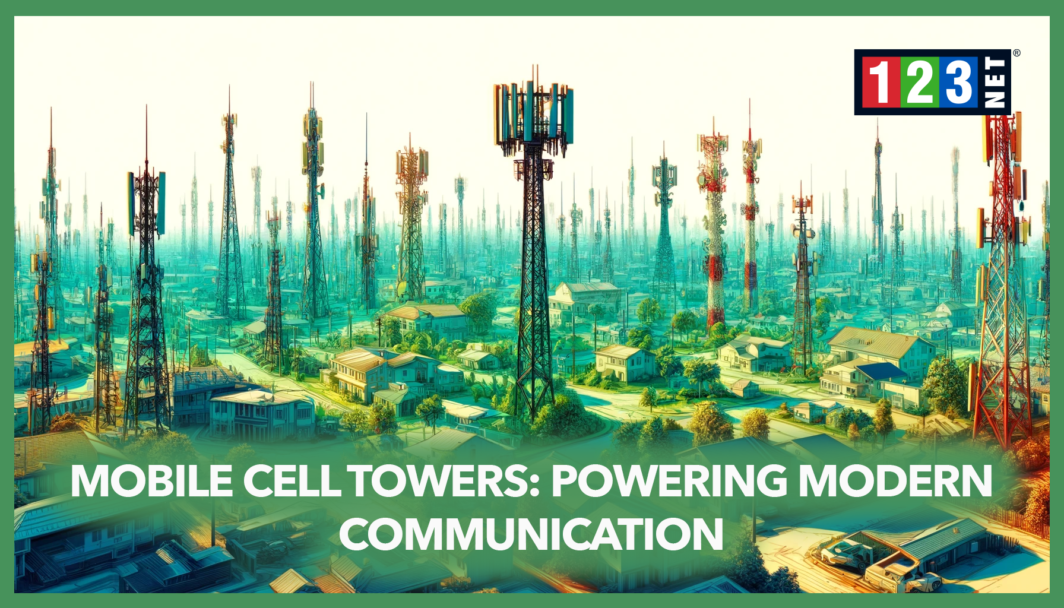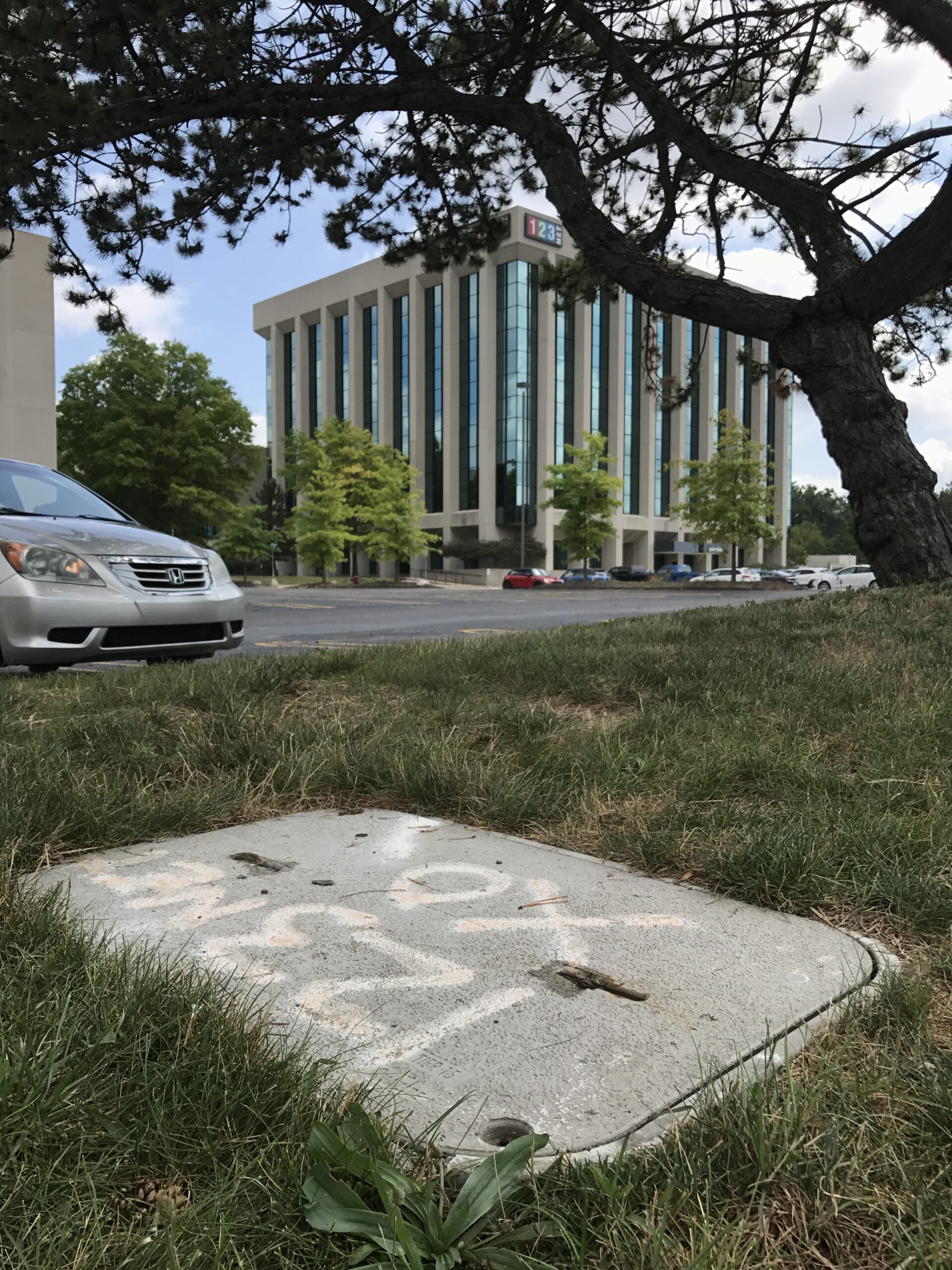
Introduction
Mobile cell towers are crucial components of modern telecommunication infrastructure, enabling wireless signal transmission over vast distances. These towers support the continuous expansion and enhancement of cellular networks, facilitating seamless mobile communication and high-speed data transfer. As the backbone of global connectivity, mobile cell towers allow individuals to connect, businesses to operate remotely, and emergency services to function efficiently. Their role has become increasingly vital in today’s digital age, where the demand for constant and reliable communication is ever-growing.
Overview of Mobile Cell Towers
Mobile cell towers are pivotal structures that support antennas and other telecommunications equipment necessary for the functionality of cellular networks. These towers are crucial for enabling the transmission and reception of wireless signals over large areas, facilitating robust and widespread communication networks. There are several types of mobile cell towers, each serving specific needs and environments.
Monopole Towers
Monopole towers are single, freestanding posts often used in urban or suburban areas where space is limited. Their sleek and unobtrusive design makes them particularly suitable for locations where aesthetic considerations are important. Lattice towers, characterized by their framework of crossed metal, offer more strength and support over larger spans. They are typically used in rural areas where larger coverage is required. Lattice towers can support multiple users and antennas, making them efficient for comprehensive network coverage.
Stealth Towers
Stealth towers are another innovative type of mobile cell tower. These are designed to blend into their surroundings to minimize visual impact. Examples include towers that are disguised as trees, flagpoles, or even church steeples. This type is particularly favored in residential or sensitive areas where the appearance of traditional towers might be objected to by local communities.
Each type of tower is chosen based on several factors including location, aesthetic considerations, spatial requirements, and the specific technical needs of the network it supports. The choice of tower type is a balance between technological functionality and environmental integration, reflecting both the technical demands of modern telecommunication and the community standards of the areas they serve. These towers, regardless of type, form the essential infrastructure that underpins the vast, interconnected web of global communication.
Technological Components of Mobile Cell Towers
Transceivers and Antenna Systems
The key technologies underpinning mobile cell towers include transceivers and antenna systems. They are both fundamental for transmitting and receiving radio signals. Transceivers are responsible for converting electrical signals into radio waves and vice versa, allowing for effective communication between users and the network. Antenna systems play a critical role in sending and receiving these radio waves, ensuring that signals are propagated over significant distances.
Efficiency and Capacity
Innovations in mobile tower technology are primarily directed towards enhancing the efficiency and capacity of these critical components. This is essential to accommodate the escalating data demands of modern telecommunication. With the advent of new technologies and an increasing number of mobile users, towers must evolve to handle more extensive data loads while maintaining high-speed connectivity and reliability.
5G Technology
One of the most significant recent advancements in this field is the integration of 5G technology. 5G networks promise exceptionally faster speeds and more reliable connections compared to their predecessors. This leap in performance is partly achieved by utilizing higher frequency bands and advanced antenna technology that allows for increased data transmission rates. Additionally, these advanced antenna systems are designed to support massive multiple input multiple output (MIMO) technology. This significantly enhances signal quality and network capacity by using multiple antennas at both the transmitter and receiver ends to send and receive more data simultaneously.
Furthermore, these sophisticated antenna systems are engineered to scale up and handle higher data loads. It is enabling service providers to cater to a growing number of users without sacrificing the quality of service. This capability is crucial in dense urban areas where the volume of data traffic is particularly high.
Overall, the continual improvement and innovation in mobile cell tower technology are crucial for meeting the current and future demands of global telecommunications, ensuring that networks remain robust, efficient, and capable of supporting the ongoing expansion of digital services worldwide.
Installation and Maintenance
Various Locations
Installing a mobile cell tower is a complex process that begins with meticulous site selection. This initial stage involves evaluating various locations to find a spot that maximizes coverage while adhering to local zoning laws. Once a suitable site is identified, the next step is securing the necessary permits. These permits are crucial as they comply with local, state, and federal regulations, ensuring that the tower does not violate any legal or environmental guidelines.
Assembling Tower
After acquiring all required permits, the construction of the tower can commence. This involves laying down a foundation that can support the tower’s weight and installing the tower structure itself. Depending on the type of tower, this might include assembling steel frames for lattice towers or erecting a single pole for monopole towers. The construction phase is critical and requires precision and adherence to engineering specifications to ensure the tower’s stability and functionality.
Routine Maintenance
Routine maintenance of mobile cell towers is essential to ensure their long-term efficiency and reliability. Maintenance practices include regular inspections to check structural integrity, the functionality of transceivers, and the condition of antenna systems. Hardware upgrades are also periodically necessary to enhance capacity and improve the quality of transmission. Additionally, repairs are conducted to fix any damage or wear and tear that might compromise the tower’s performance or safety.
Safety Protocols
Safety protocols are a paramount concern during both the installation and maintenance phases. These protocols are designed to protect both workers and the public. Measures include ensuring that workers use appropriate safety gear, adhere to best practices for working at heights, and follow guidelines to minimize radiofrequency exposure. Also, structural safety is maintained to prevent accidents due to tower collapse or falling equipment. These comprehensive safety measures ensure that mobile cell towers are not only effective in their function but also safe for everyone involved.
Impact of Mobile Cell Towers
The environmental impact of mobile cell towers raises several concerns, particularly regarding landscape disruption and wildlife, notably birds. These towers, often placed in or near natural habitats, can disrupt the local ecosystem. For instance, tall structures can pose hazards to bird populations, leading to potential collisions or disturbances in migratory patterns. Additionally, the aesthetic impact of these towers on natural and urban landscapes is a common concern among communities.
Health concerns associated with mobile cell towers primarily focus on the potential effects of radiofrequency (RF) emissions. There is ongoing debate and research into whether the RF emissions from cell towers can have adverse health effects on humans living nearby. However, the majority of scientific studies have found that these emissions are within internationally recognized safety limits. This is suggesting a minimal risk to human health under normal conditions.
Community responses to the installation of mobile cell towers vary widely. Some community members express opposition due to the towers’ visual impact and perceived health risks. In contrast, others recognize the necessity of enhancing telecommunication capabilities. Regulatory frameworks play a crucial role in addressing these concerns. Regulations ensure that towers meet stringent telecommunication standards as well as health and safety standards. It is aiming to minimize risks and ensure public safety. These regulations require thorough assessments and compliance from telecommunication companies, balancing technological advancement with environmental stewardship and public health.
Future Trends in Mobile Tower Technology
Future trends in mobile tower technology are being shaped by significant advancements in mobile technology. This is particularly the integration of 5G networks and the anticipation of future generations. These developments are driving the need for more advanced and capable infrastructure to handle increased data volumes and provide faster, more reliable connections. As the demand for wireless communication continues to grow, mobile towers are evolving to support these technological advancements.
Moreover, there is a growing emphasis on sustainability within the industry. Sustainable practices in the construction and maintenance of mobile towers are gaining traction as part of a broader effort to reduce environmental impacts. These practices include using materials that are both durable and environmentally friendly, implementing energy-efficient technologies, and designing towers that have minimal visual and physical footprints on their surroundings.
These sustainable approaches are increasingly important as the deployment of mobile towers becomes more widespread. This is particularly in sensitive or previously undeveloped areas. The industry is also exploring ways to power these towers with renewable energy sources, such as solar panels, which further reduces the carbon footprint associated with their operation.
These trends reflect the evolving needs of a society that depends heavily on wireless communication not just for personal and professional communication, but also for emerging technologies such as IoT (Internet of Things) devices and smart city applications. As such, the future of mobile tower technology lies in its ability to seamlessly integrate cutting-edge telecommunications advancements while promoting sustainability and reducing environmental impacts.
Global Market for Mobile Cell Towers
The global market for mobile cell towers is experiencing robust growth. It is propelled by the continuous expansion of cellular networks across the globe. As the demand for more advanced telecommunication services increases, leading manufacturers and service providers are continuously innovating to keep pace. This dynamic market is adapting to the ever-growing needs of modern communication. It requires more sophisticated and capable infrastructure to manage and transmit large volumes of data efficiently.
Key challenges in this market include the need for ongoing technological upgrades. As wireless technology evolves, so too must the infrastructure supporting it, necessitating frequent updates to both hardware and software. These upgrades are critical to enhancing network capacity and reliability. They are essential for supporting higher data rates and the growing number of connected devices.
Significant opportunities are emerging in developing regions where telecommunication infrastructure is still under expansion. These markets represent untapped potential for the growth of mobile cell towers, particularly as these regions leapfrog to newer technologies. Such as 5G without the extensive legacy infrastructure seen in more developed markets. The integration of 5G technology is particularly transformative, offering much faster data speeds and lower latency. This can enable new applications and services such as real-time data analytics, augmented reality, and enhanced mobile broadband.
Overall, the global market for mobile cell towers is poised for continued expansion and innovation, driven by both challenges and opportunities. The successful deployment of new technologies and expansion into new markets are likely to remain key drivers of growth in this sector.

FAQs
- How do mobile cell towers work? A: Mobile cell towers transmit and receive signals from mobile devices, enabling communication across a network.
- Are mobile cell towers safe for nearby residents? A: Yes, when constructed and maintained according to regulations, towers operate well within safety standards for radiofrequency emissions.
- What is the lifespan of a mobile cell tower? A: Typically, a mobile cell tower can last between 25 to 30 years depending on maintenance and environmental factors.
- Can mobile cell towers withstand extreme weather conditions? A: Yes, towers are designed to withstand various weather conditions, though extreme events may require specific safety assessments and reinforcements.




